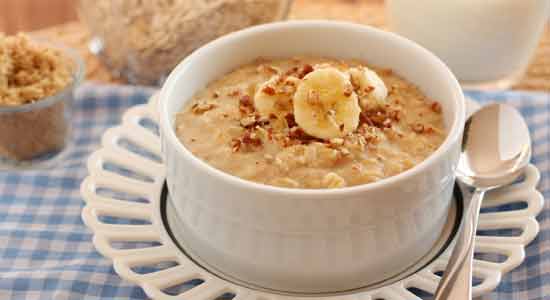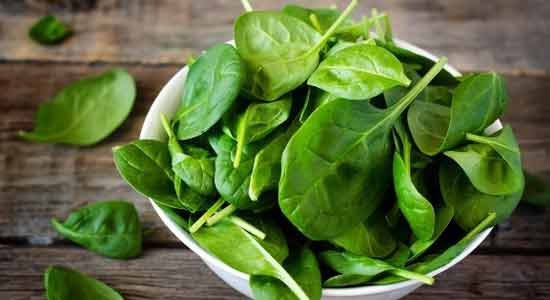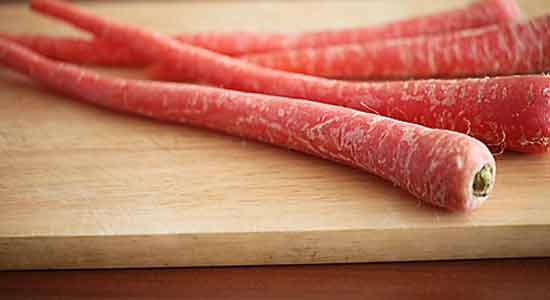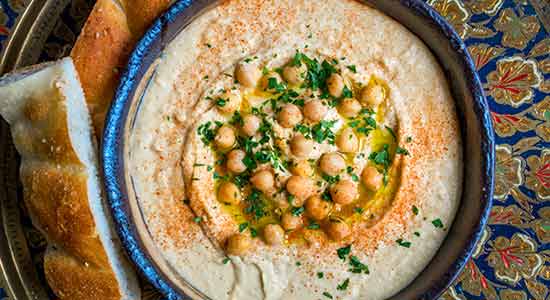
Best Foods to Boost Breast Milk Production
The most effective way to increase breast milk production is to nurse regularly and for long periods of time. The more your baby nurses, the more milk your body will produce. If you feel your production still needs a boost you should try to increase your intake of these milk-stimulating foods (galactagogues).
Water

Though, technically speaking, water cannot exactly be classified as a food, its importance in milk production however cannot be ignored. Water is perhaps the most essential component of breast milk and so, if you’re dehydrated, your body will obviously produce much less. It’s easy to become distracted with the demands of the new baby and forget to drink water, so try to always keep a water bottle handy and eat fruits and vegetables that have high-water content
Oatmeal

You can add enhanced milk production to the long list of health benefits of oatmeal consumption. Oatmeal is an excellent source of iron. Iron deficiency in the mother—maternal anemia—can result in decreased milk supply. The ability of oatmeal to lower blood cholesterol levels may also play a role in increasing milk production. As oatmeal is widely considered to be a comfort food, its consumption may also help lactating mothers relax.
Spinach

Breastfeeding increases your need for certain vitamins and minerals. Spinach, with its high quantities of vitamin A, vitamin B, iron, vitamin K and folate, is an excellent source of several of these essential nutrients. Folate is important in breast milk production. Spinach also contains plant-based chemicals known as phytoestrogens which have a similar structure to the hormone estrogen and are thought to improve lactation and breast tissue health. Other foods that are also rich in vitamin A include sweet potatoes and beets.
Carrots

Like spinach, carrots are rich in vitamin A and phytoestrogens, both of which can enhance milk production.
Garlic

Garlic has been used for several years as herbal treatment to increase breast milk supply. Garlic consumption can alter the taste of breast milk. Thus, in addition to increasing milk supply, babies who like the taste of garlic in milk may latch on better and breast feed well. It has been observed that when nursing mothers consumed garlic, babies would stay at the breast and nurse for longer. This increased nursing may further stimulate milk production. One or two cloves of garlic a day should be more than enough to produce the required effect.
Legumes

Legumes like chickpeas and lentils (daal) and certain beans are frequently used as lactogenic foods. They contain large amounts of protein, fiber, calcium, and certain vitamins which are all beneficial for milk production. Hummus is an excellent source of legumes.
Nuts

Raw nuts such as almonds, cashews, and macadamia nuts are high in healthy fats and antioxidants which support milk production. These fats also increase the richness of your milk. Other excellent sources of healthy fats include coconut oil, avocado and sesame oil. Try to avoid saturated and trans-fats as these are unhealthy for both you and your baby.
Unripe Papaya

Raw, unripe papaya is one of the most famous galactagogues in Asia. Papaya consumption can boost the levels of oxytocin hormones in your body which help improve milk flow.
Bear in mind that the efficacy of various galactagogues varies depending on individuals and situations. Any galactagogue will be more effective when combined with increased frequency of breast feeding. Regardless of whether you choose to eat the above foods, remember that what you eat is essential for maintaining not only your health, but your infant’s as well. All nursing women should have normal, healthy, and balanced diets and consume about 300-500 extra calories a day to meet the energy demands of milk production.

